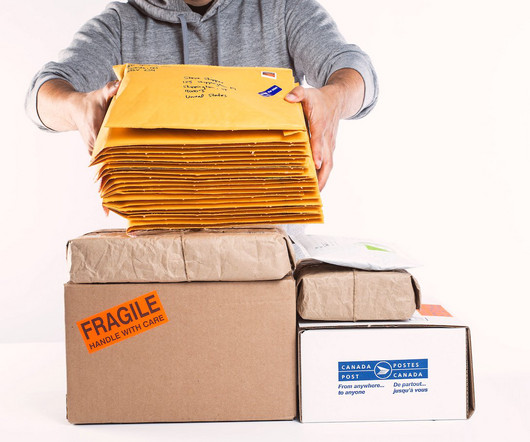16 Cost Reduction Strategies in Inventory Management
Unleashed
OCTOBER 6, 2021
Set reorder points for your most frequently purchased items As your business grows, it can be difficult to keep track of the right time and stock level at which to reorder more products. Setting reorder points for the most frequently purchased items can help significantly improve inventory efficiencies and save costs.
















Let's personalize your content